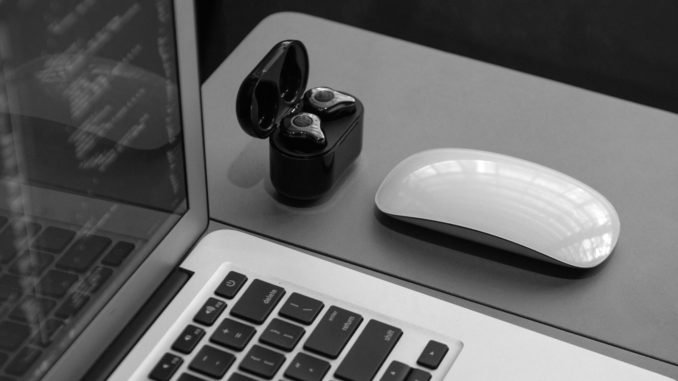

Do you feel your Mac is slowing down over time? Well, you are not alone. Most people will likely feel the same after using their Mac for some times. Nobody likes a slow-running Mac. Unfortunately, your Mac might get slow because of –
- Age
- The hard drive is almost full or there’s no more disk space left
- Increasing app usage
- Using browsers and apps that are much more memory-demanding
These are just some of the reasons why the performance of your Mac might be lagging. Now, it’s okay if your device is running slow because it is performing several heavy tasks at once. But, if it has been a few days or a few weeks that your device has been running slowly and you’ve been experiencing unresponsiveness, it’s time to get it fixed.
Mac troubleshooting will lead you down a rabbit hole. It can take hours to diagnose the problem and days to resolve it. Instead, you can follow the given quick fixes to speed up your Mac computer.
- Install the latest updates. Don’t put that off for too long.
Everyone does it – the option to update macOS pops up on the screen and it is brushed aside. Sadly, if you have this habit, you are making your device slow.
You cannot run your device on an older macOS version and expect it to perform tasks lightning-fast. The reason why Apple releases these updates every year is so that your device can remain up-to-date. So, go to your Apple menu > About This Mac > Software Update. If there is a new version available, update and install it right away. This should make your Mac run smoothly again.
- Reduce memory (RAM) usage on Mac
If your system has run out of application memory, you’ll notice that your Mac is taking forever to load. Also, you’ll see floating rainbow wheels on your screen telling you that you need to reduce memory usage. The first step is to visit the Activity Monitor and check out Mac’s memory usage. App memory refers to the memory used by your processes and apps, swap used is the memory that your macOS uses, wired memory is reserved by apps and it can be freed, and so on. You can speed up your Mac by reducing RAM usage. You can find out here how to lower RAM usage.
- Cut down on the visual effects
macOS is a stunning-looking operating system and there’s no doubt about that. But, all of those transparency effects and fancy animations take up a lot of resources that you can direct towards actual applications. To make sure that your machine runs as fast and smooth as possible, you need to turn down these extra visual effects.
The extraneous visual effects can be cut down by visiting System Preferences from the Apple menu > Accessibility > Display tab > tick on the Reduce transparency and Reduce motion boxes. Yes, this will leave your Mac looking plainer, but your device will run faster than before.
- Stop programs from launching at startup
There are many applications that want to load into memory as soon as Mac starts. Since these apps are launching automatically, they are getting a head start over other apps and programs. Sometimes, this can be quite useful. For instance, Dropbox launching automatically at startup and keeping your files ready and synced up.
The problem strikes when too many applications or software programs are trying to do the same thing. It makes your computer’s startup last longer and also limits the amount of RAM and CPU is available for other applications that you want to use.
The simplest way to stop Mac apps from launching at startup is to do it from the Dock. Don’t worry about losing those applications or programs because you’re not deleting them. You’re simply restricting their automatic launch.
- Go on a cleaning spree and clear out your hard drive
Have you overburdened your Mac with tons of documents, files, photos, and apps? If they’re all directly saved to your hard drive, it is possible that you’re working with a slow-running Mac. When Macs reach their storage limit, it starts affecting their performance.
The solution? You need to check your disk space by clicking on the Apple icon > About This Mac > Storage section. Here, you’ll find how much space is occupied and how much is free. If your hard drive is almost full, click on ‘Manage’. This is going to open a new window where you’ll find tools for cleaning your hard drive. You can even consider getting an external hard drive or storing documents in iCloud.
These simple tips should help you to get your Mac up and running like before or at least faster than its present state. However, if you continue to suffer from a slow-performing Mac, you might want to consider replacing your computer or taking your Mac to the service center.

Leave a Reply